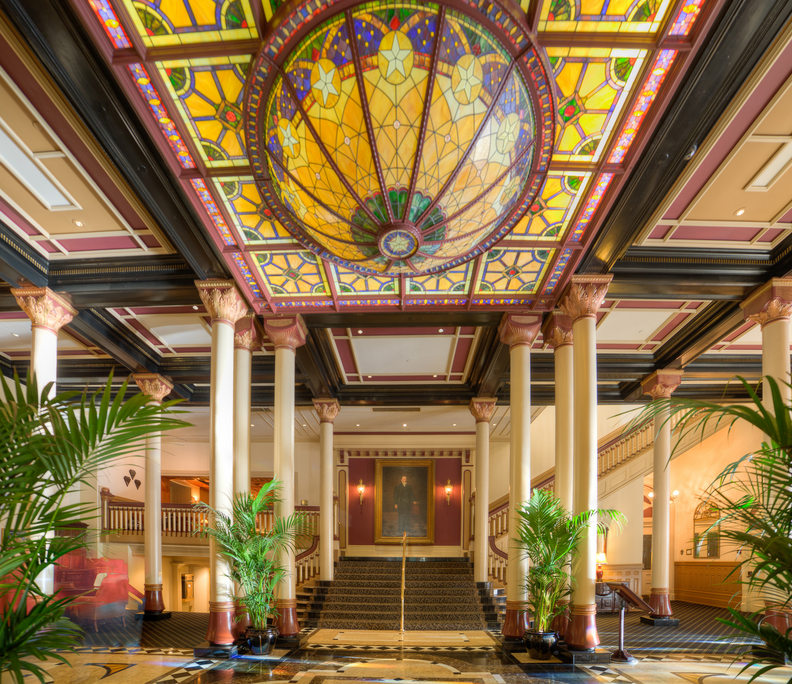There was something magical about hotel stays in decades past that went far beyond mere convenience or modern technological comforts. These were experiences that transported travelers into worlds of elegance, personal service, and unparalleled attention to detail. Before smartphones and digital check-ins, hotels were sanctuaries of sophistication that made every guest feel truly special.
1. The Grand Lobby: A First Impression of Magnificence
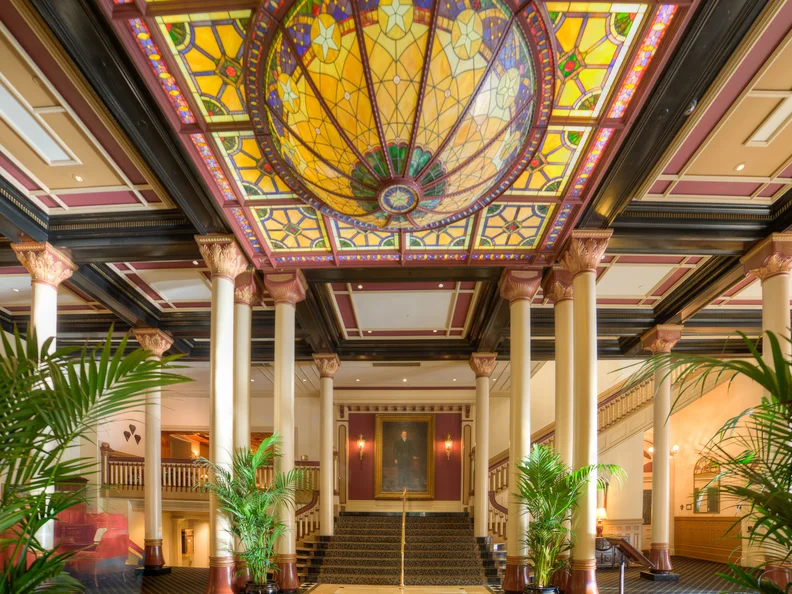
Hotel lobbies were architectural masterpieces that took one’s breath away the moment they walked through the doors. Enormous crystal chandeliers, marble floors, and intricate architectural details created an immediate sense of grandeur. Guests didn’t just enter a building; they stepped into a world of glamour and possibility. For a list of lobby grandeur, look no further than Architecture Digest for a trip through the world’s best.
The lobby was more than an entrance—it was a social hub where travelers would meet, converse, and feel connected to a larger world of adventure. Bellhops in crisp uniforms would greet guests with genuine warmth and professional courtesy. These spaces were designed to make every visitor feel like royalty, regardless of their background.
2. Personal Concierge Service: Attention Beyond Compare
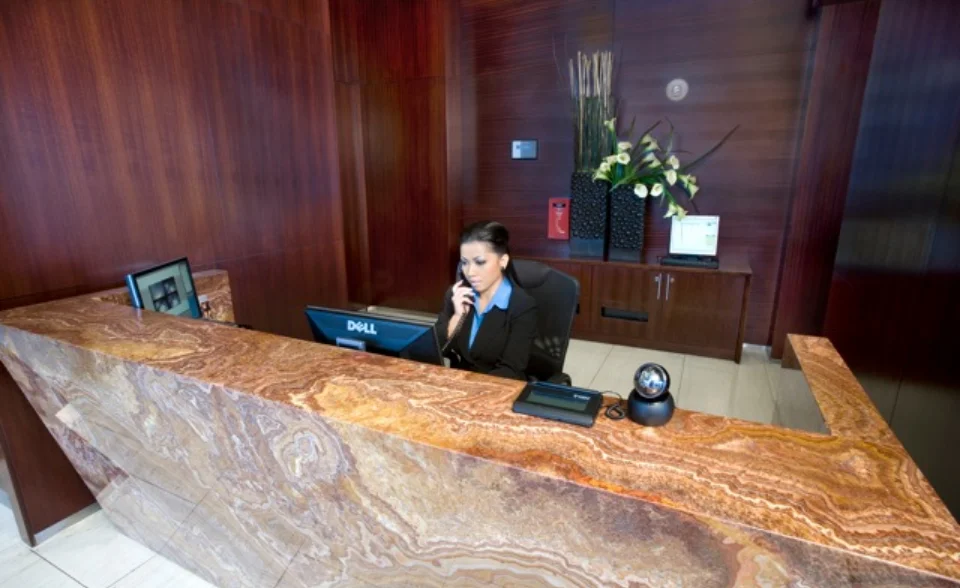
Before automated services, hotel concierges were like personal wizards who could seemingly make anything happen. These professionals knew every local restaurant, could secure impossible-to-get theater tickets, and understood the art of anticipating a guest’s needs before they were even expressed. Their knowledge was encyclopedic, and their connections seemed almost magical. Slate dives into just how far back this line of work emerged in history.
Each concierge was a local expert who transformed a simple hotel stay into a curated experience. They would hand-write recommendations, draw personalized maps, and offer insights that no modern smartphone app could replicate. The relationship between guest and concierge was a delicate dance of professional courtesy and genuine human connection.
3. Handcrafted Stationery and Welcome Touches
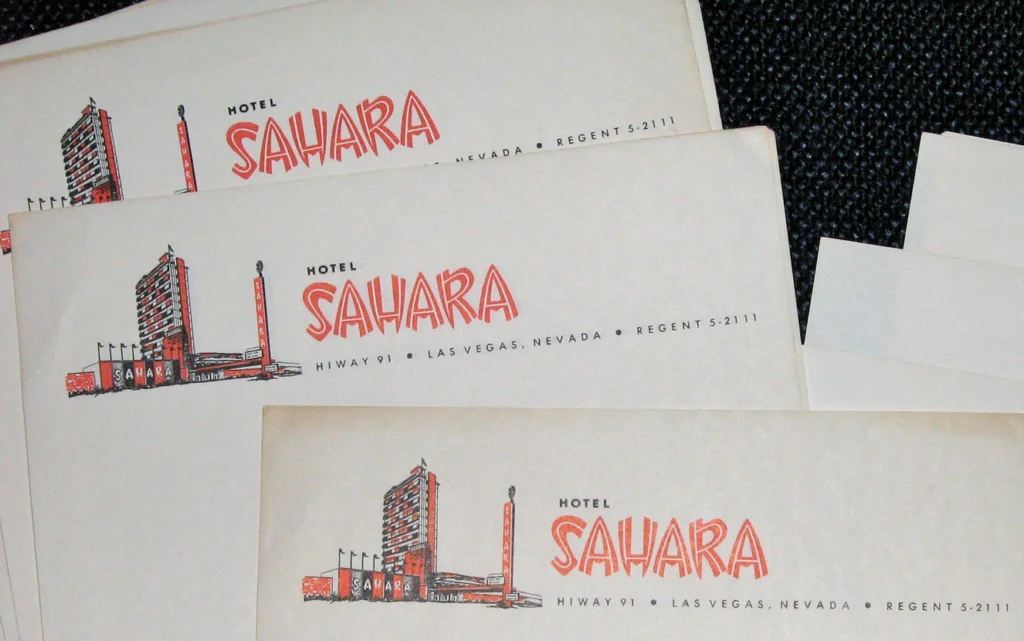
Hotels once provided exquisite personalized stationery that made correspondence feel like an art form. Thick, embossed paper with the hotel’s letterhead would be carefully arranged in elegant writing desks, complete with matching envelopes and sometimes even a fountain pen. These small touches made guests feel like they were participating in a timeless ritual of sophisticated travel. As Zoe Print also notes, this little extra touch goes a long way to mak feel guests feel welcome.
Each room would typically include a handwritten welcome note, perhaps with a local recommendation or a personal greeting. Fresh flowers, carefully arranged fruit baskets, and meticulously folded towel arrangements demonstrated the hotel’s commitment to creating memorable experiences. These details weren’t just decorations—they were expressions of hospitality.
4. Dining Rooms as Culinary Theaters
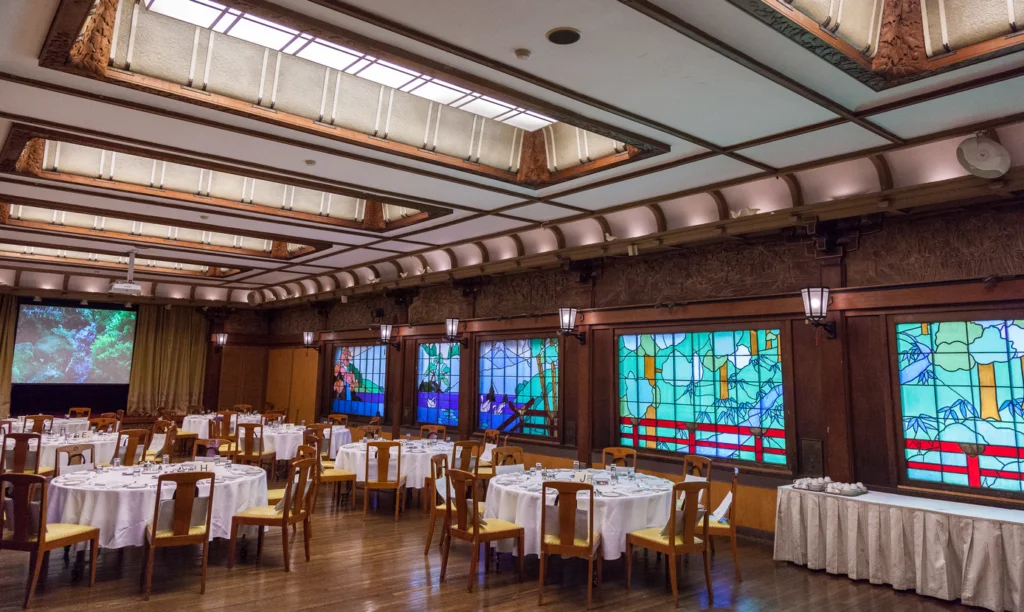
Hotel dining rooms were theatrical experiences where every meal felt like a performance. Waitstaff in formal attire would glide between tables, silver cloches would be dramatically lifted to reveal perfectly prepared dishes, and multi-course meals were choreographed like elaborate dance numbers. Dining wasn’t just about food—it was a full sensory experience.
White-gloved servers would often know guests by name and understand their precise preferences. The dining room was a social arena where travelers from different backgrounds would come together, sharing stories and creating unexpected connections. Meals were leisurely affairs that could extend for hours, celebrating the art of conversation and cuisine.
5. The Ritual of Afternoon Tea
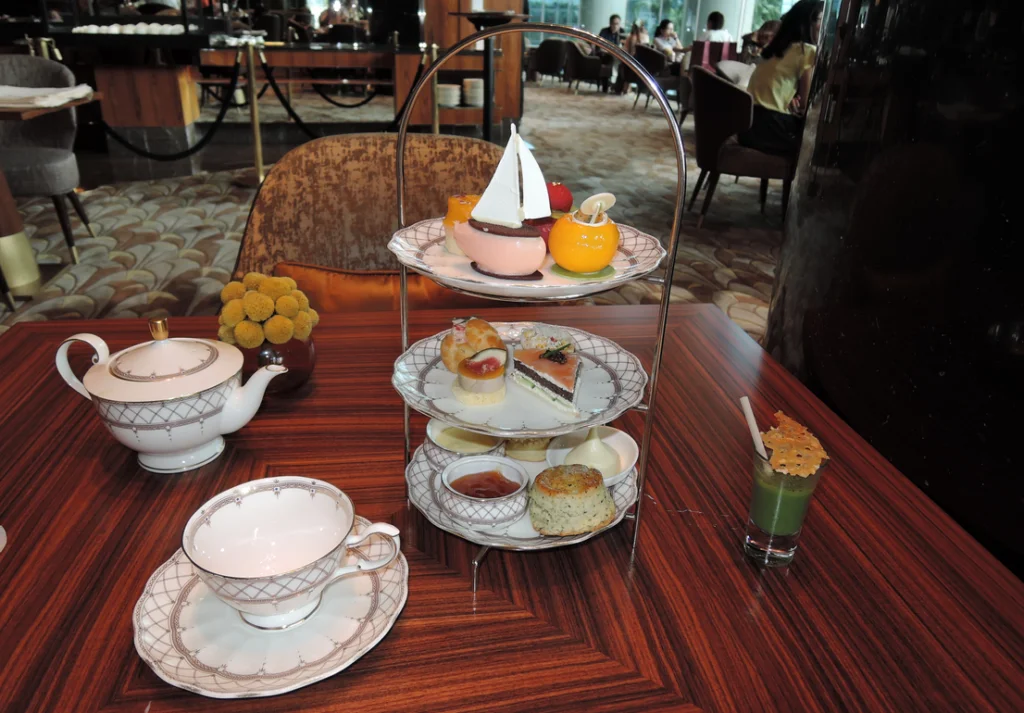
Afternoon tea was a cherished tradition in many grand hotels, transforming a simple refreshment into a sophisticated social event. Elaborate silver tea services, delicate china, and tiered trays of meticulously prepared sandwiches and pastries created an atmosphere of refined elegance. Guests would dress specifically for this daily ritual.
The tea service was more than just a meal—it was a moment of pause and refinement in the day’s journey. Soft music, crisp linens, and carefully curated tea selections made this experience feel like a private performance. It was a time to relax, socialize, and indulge in the art of leisure.
6. Elevator Operators: Personal Transportation Guides
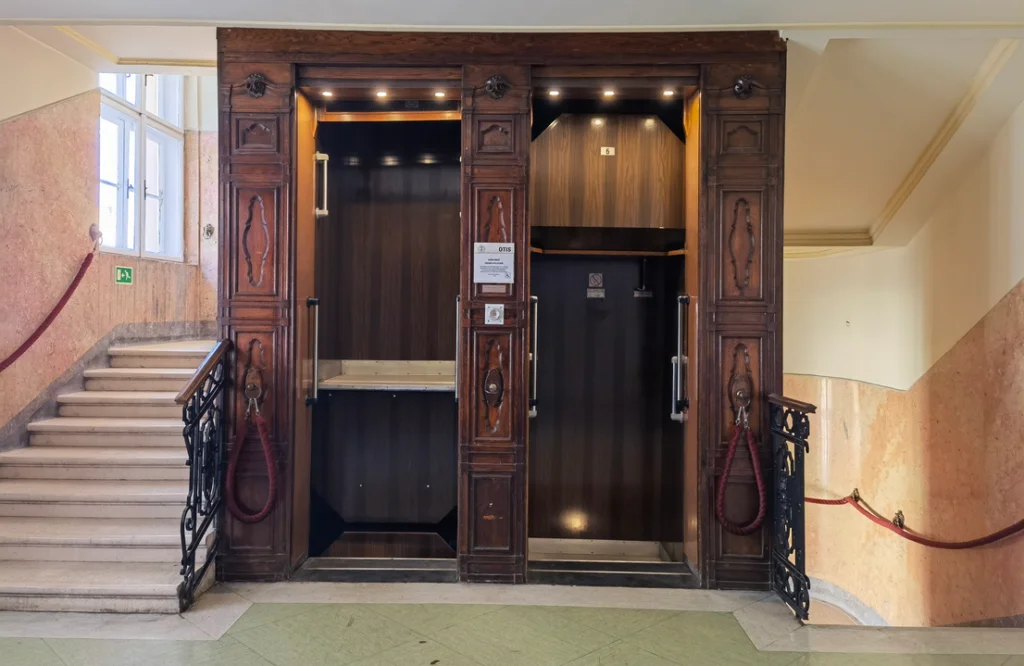
Before self-operating elevators, each hotel elevator was staffed by a professional operator who was part transportation guide, part conversationalist. These skilled professionals would navigate the vertical journey while providing local insights, weather updates, or friendly conversation. They were human GPS systems with personality and local expertise.
Elevator operators knew the hotel’s history, could recommend local attractions, and made each vertical journey feel like a personal tour. Their uniforms were crisp, their manners impeccable, and their knowledge seemingly limitless. They transformed a mundane journey between floors into a brief but delightful interaction.
7. Room Service as a Culinary Performance
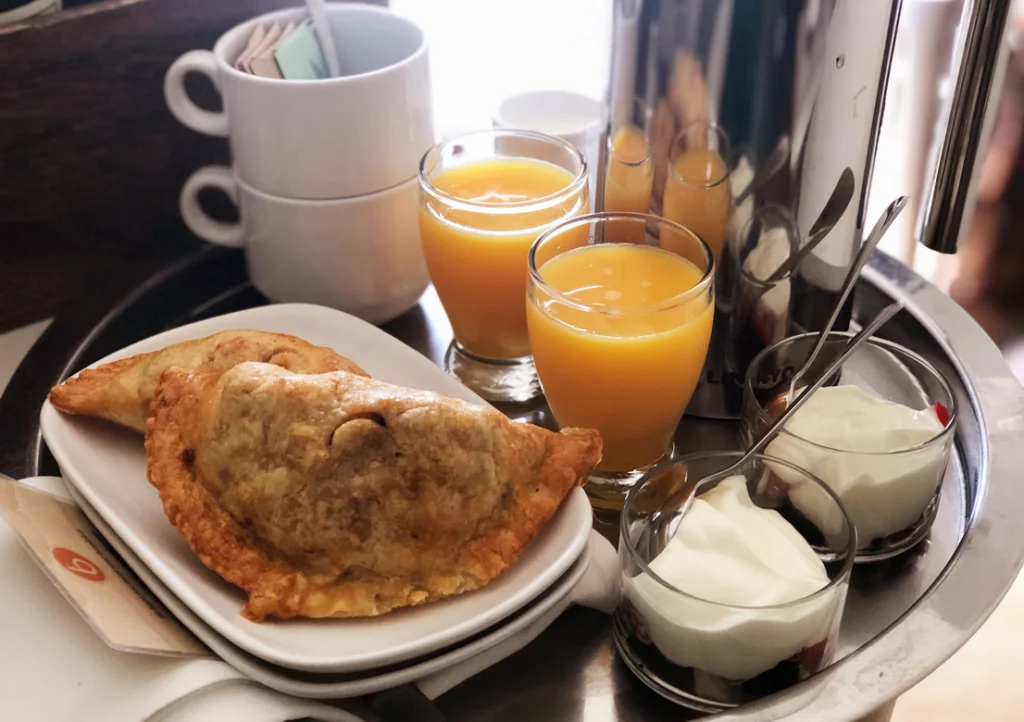
Room service was once a full theatrical production where meals were delivered with extraordinary precision and ceremony. Waiters would arrive in formal attire, carefully arranging meals on pristine white tablecloths, with silver cloches and multiple courses presented like works of art. Each delivery was a performance of hospitality.
The menu was extensive, offering everything from full multi-course meals to elaborate midnight snacks. Guests could expect fresh-pressed linens on their in-room dining table, precisely folded napkins, and meals that looked like they belonged in a high-end restaurant. Room service wasn’t just about food—it was about creating a memorable experience.
8. Telegrams and Communication Mystique
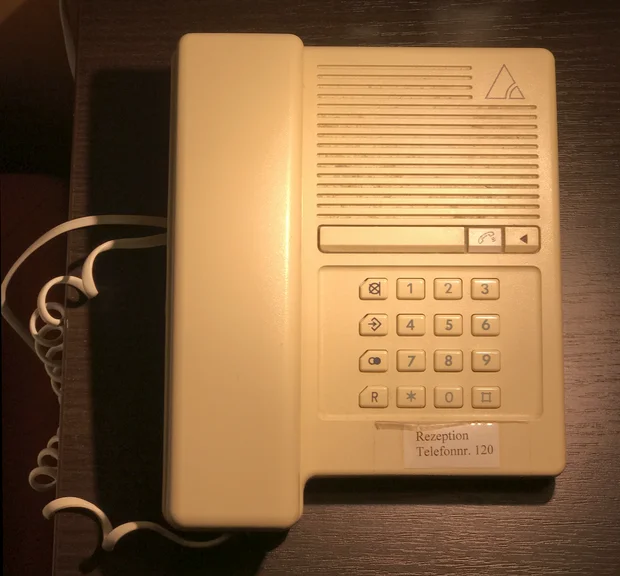
Before instant digital communication, hotels were communication centers that connected travelers to the outside world. Telegraph services allowed guests to send messages globally, with each telegram feeling like a momentous occasion. The process of sending and receiving messages was filled with a sense of excitement and possibility.
Hotel communication desks were staffed by professionals who would help guests navigate international communication systems. The anticipation of waiting for a telegram, the formality of its language, and the personal touch of transmission created a sense of global connection. These were moments of genuine human interaction.
9. Immaculate Uniform Standards
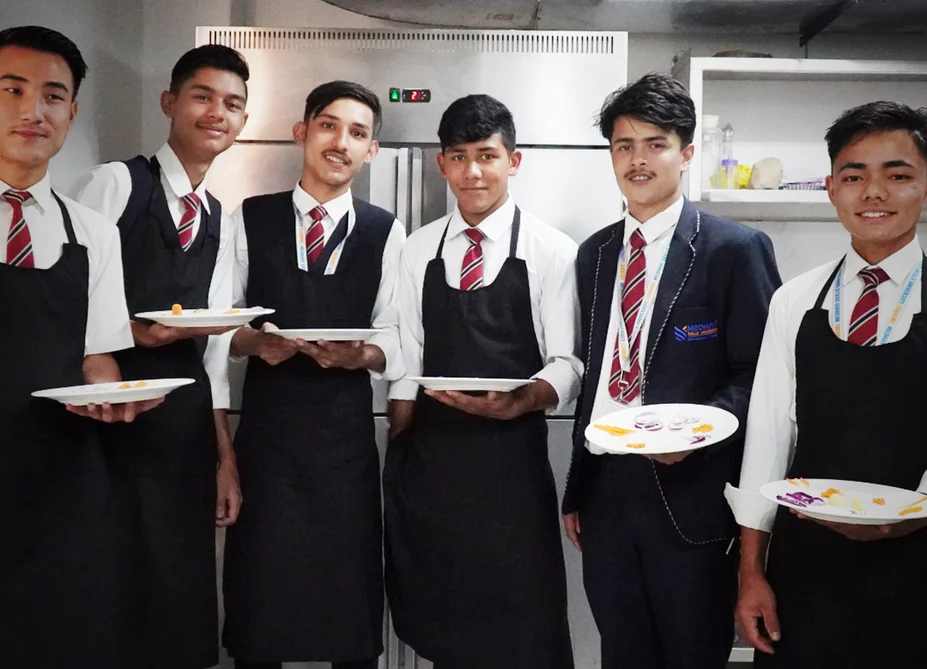
Hotel staff uniforms were works of art that represented precision, professionalism, and institutional pride. Bellhops, desk clerks, and service staff were dressed in meticulously tailored outfits that made them look like they had stepped out of a fashion magazine. Each uniform told a story of the hotel’s commitment to excellence.
The uniforms were more than clothing—they were symbols of professional identity and institutional heritage. Crisp lines, perfect creases, and attention to every minute detail reflected the hotel’s standards of service. Guests could immediately sense the level of professionalism through these carefully curated appearances.
10. Handwritten Guest Books and Personal Records
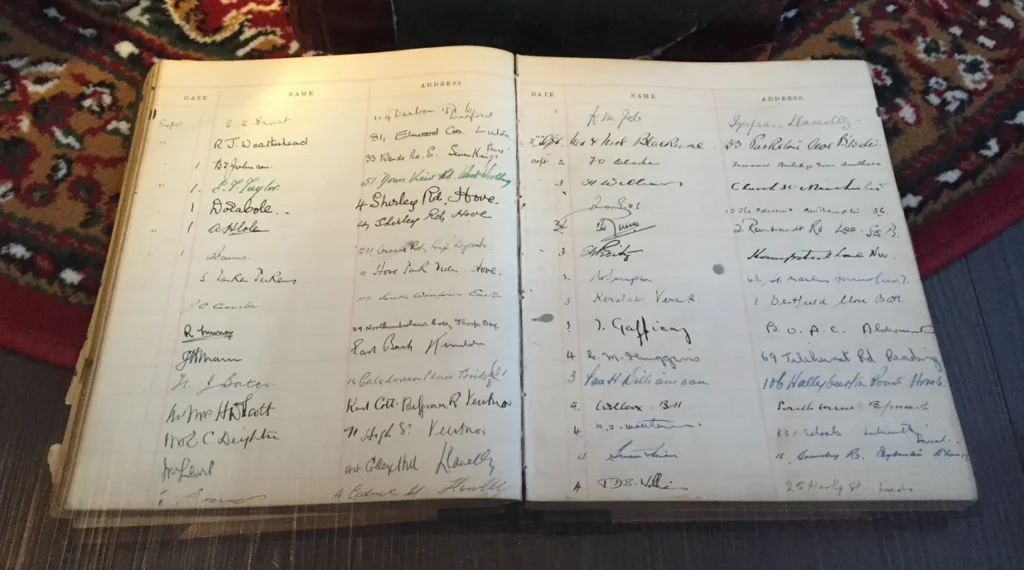
Before digital databases, hotels maintained elaborate handwritten guest books that felt like historical documents. Each entry was carefully penned, often including elegant signatures, home cities, and sometimes personal notes. These books were living histories that captured the essence of travel during different eras.
Guest books were more than records—they were social artifacts that connected travelers across time and space. Returning guests would be greeted with their previous stay’s details, creating a sense of continuity and personal recognition. These books represented a time of more intimate, personalized hospitality.
11. Complimentary Shoe Shining Services

Shoe shining was once a complimentary service that transformed a simple maintenance task into a moment of personal care. Dedicated staff would collect guests’ shoes in the evening and return them meticulously polished, reflecting a level of attention that went far beyond basic service. Each pair of shoes was treated like a precious artifact.
The shoe shining area was often a social space where guests would gather, exchange travel stories, and enjoy this unexpected moment of pampering. Professional shoe shiners were artists who could bring new life to worn leather, creating a small but significant luxury. This service represented the hotel’s commitment to guest comfort.
12. Live Music and Evening Entertainment

Many hotels featured live musical performances that transformed evenings into elegant social events. Jazz quartets, classical pianists, and small orchestras would perform in hotel lobbies and ballrooms, creating an atmosphere of sophisticated entertainment. These performances were free for guests, adding cultural richness to the travel experience.
The music wasn’t just background noise—it was a carefully curated experience that enhanced the hotel’s ambiance. Guests would dress up for these performances, turning an ordinary evening into a memorable social event. These musical interludes represented a time when travel was about more than just reaching a destination.
Hotels were once more than just places to sleep—they were gateways to extraordinary experiences that celebrated human connection, craftsmanship, and the art of hospitality. Each detail, from the grand lobby to the smallest service, was designed to make guests feel truly special and valued.
The luxury of past hotel stays wasn’t about technological amenities or digital conveniences. It was about human touch, personal attention, and creating memorable experiences that transformed travel from a mere journey into a celebration of human connection and elegance.

